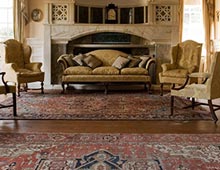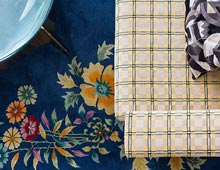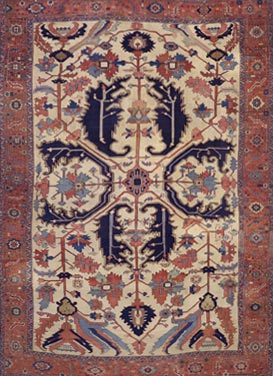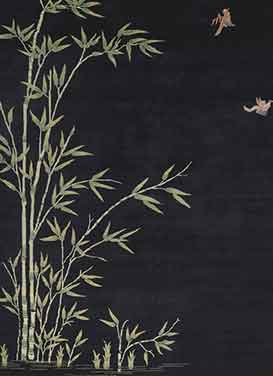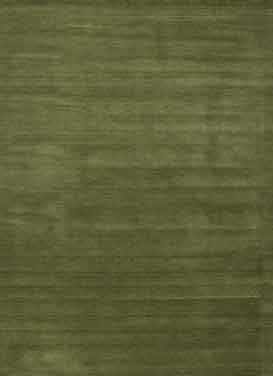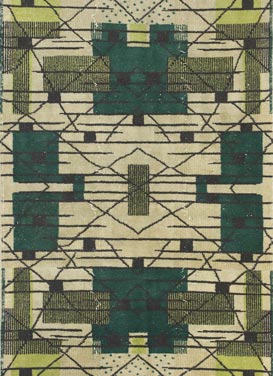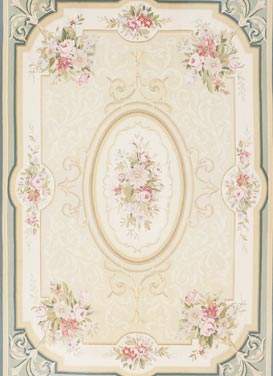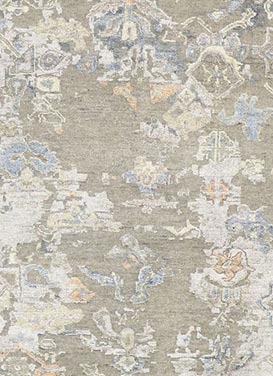Description
20095 Vintage Talsint Moroccan Rag Rug, 04'06 x 11'04.
Talsint rag rugs, also known as Talsint Boucherouite rugs, originate from the Talsint region in southeastern Morocco. Crafted by Berber artisans, these rugs are made using recycled textiles like old clothing, fabric remnants, and plastic. Characterized by vibrant and eclectic designs with a mix of colors, patterns, and abstract motifs, Talsint rugs showcase the weavers' creativity. Their distinctive aesthetic has gained popularity in interior design, making them prized for both functionality and artistic expression in various spaces.
With its enchanting allure and mesmerizing intricacy, this hand-knotted vintage Talsint Moroccan rag rug transcends into a captivating masterpiece of woven artistry. The spellbinding fusion of Cubist design aesthetics and Abstract Expressionism transforms this vintage Boucherouite rug into a truly enchanting vision. The tribal design, woven with incredible detail and texture, creates a harmonious dance of colors that form a unique and captivating woven wonder.
The abrashed field becomes a canvas for an allover geometric pattern, reminiscent of cubism and hard-edge geometric art that draws inspiration from luminaries such as Gunta Stolzl, Mark Rothko, Hans Hofmann, and Paul Klee. Nomadic charm intertwines seamlessly with a lively colorway, establishing a design that not only emanates function and versatility but also pays homage to the authentic spirit of Berber Tribe culture. This vintage Moroccan rug becomes a living testament to the intersection of artistic influences, crafting an enchanting narrative that captures the essence of woven beauty in every thread.
- Uniquely woven with recycled materials, such as cotton and wool, these Boucherouite Moroccan rugs display a colorful boho chic style. Boucherouite rugs are also known as Moroccan rag rugs.
- Abrash. Desirable Age Wear.
- Hand-knotted wool. Hand-knotted cotton and fabric.
- Made in Morocco.
- Berber Tribes of Morocco.
- Measures: 04'06 x 11'04.
- Date: 1970s. Late 20th Century.



